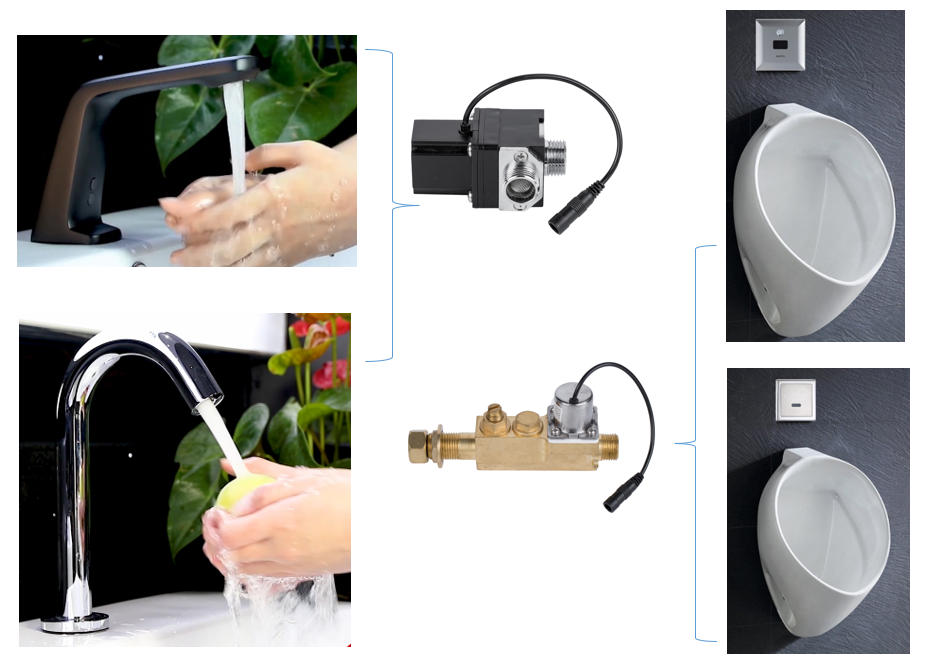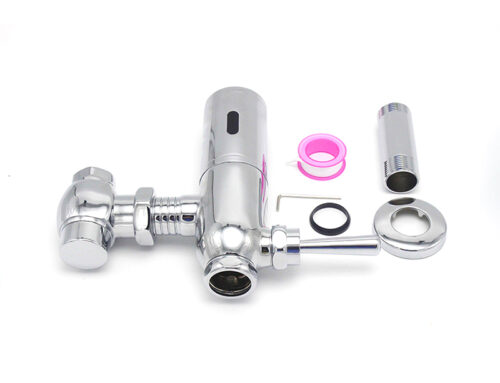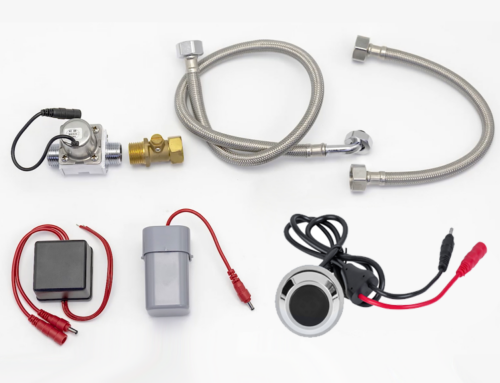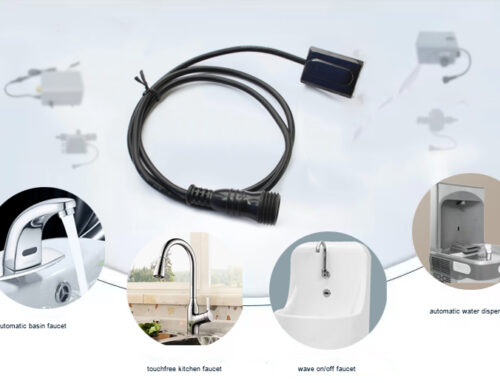What is a solenoid valve?
A solenoid valve is an electrically controlled valve. It uses an electromagnetic solenoid coil to change the state of the valve (open or closed), thereby controlling the flow of a liquid or gas.
The simplest way to remember: Electricity creates a magnetic field, which moves a plunger, which opens or closes the valve.
What is a solenoid valve used for?
Solenoid valves are the most commonly used control elements in fluid control. They are used to close, release, meter, distribute, or mix fluids. The solenoid valve is one of the essential parts using in automatic sanitary wares and has been widely used in sensor faucet, auto tap, auto flush, touchless sensor urinal flusher and toilet flusher. Rajeyn bistable water solenoid valve provide safe and reliable switching of water flow.
How does a solenoid valve work?
To understand how it works, let’s first look at its main components:
1. Solenoid Coil: A copper wire wrapped around a hollow body. When electric current flows through it, it generates a strong magnetic field.
2. Plunger (or armature): A ferromagnetic rod located inside the coil. It is the component that moves when the magnetic field is activated.
3. Valve body: The main housing containing the inlet, outlet, and orifice (the hole through which the fluid flows).
4. Orifice: The opening that allows fluid to flow. It is either sealed or opened.
5. Seal (diaphragm or plug): This seal is attached to the plunger. When the plunger moves, this seal presses against or lifts the orifice, closing or opening the flow.
6. Spring: When the solenoid valve is de-energized (closed), the spring returns the plunger to its default position.
Solenoid valve function involves either opening or closing an orifice in a valve body, which either allows or prevents flow through the valve. A plunger opens or closes the orifice by raising or lowering within a sleeve tube by energizing the coil. Solenoid valves mainly consist of a coil, plunger and sleeve assembly.




